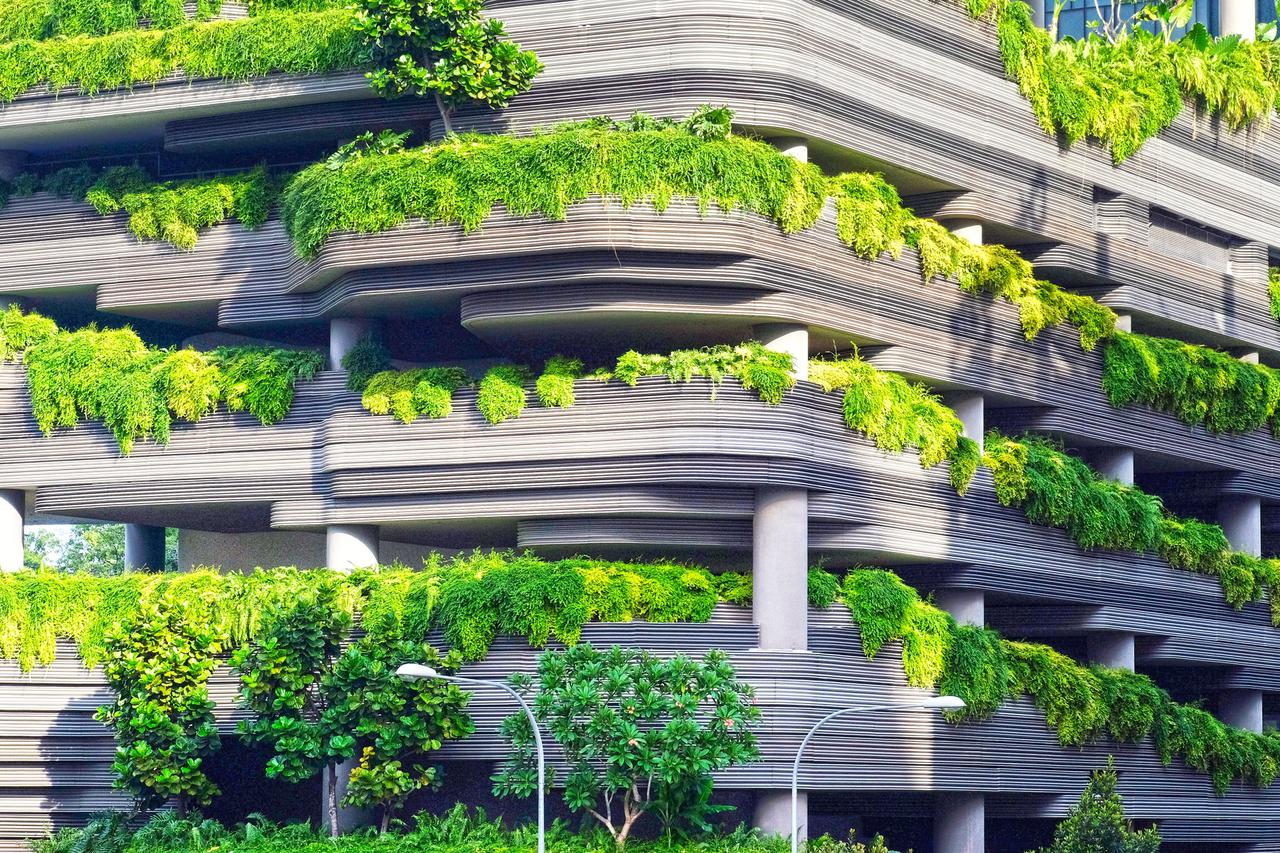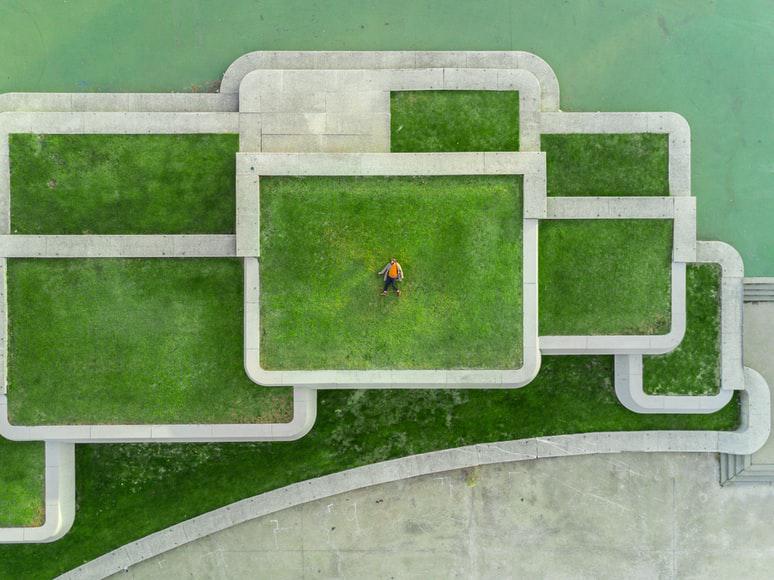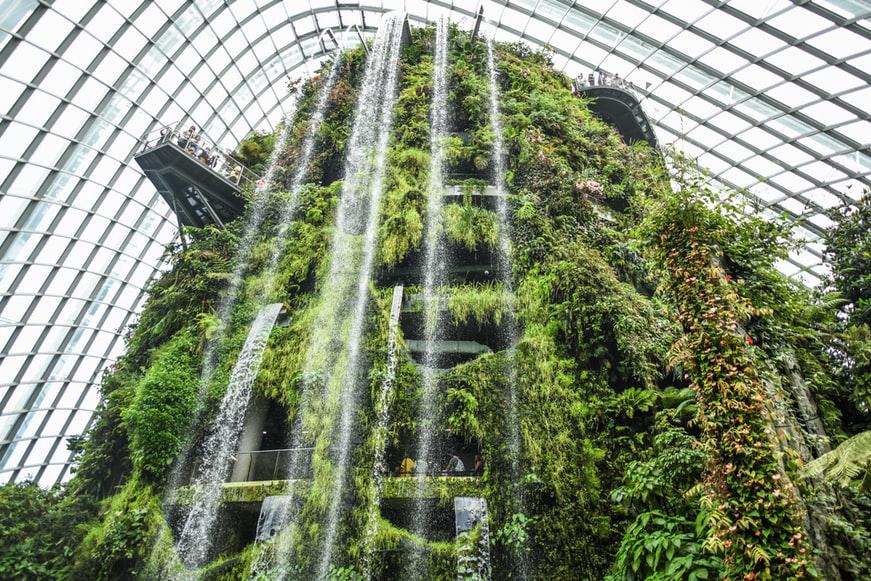
Living in a city provides the urban, progressive environment which many crave- easy transport, different groups in different areas, more efficient use of space and people. But the necessary types of architecture, like skyscrapers, isn’t always the greenest method of building. The modern “farmscrapers,” a new creation by France and Belgium-based firm Vincent Callebaut Architects, is a more promising version.
In many ways, farmscrapers are designed to act as self-regulating ecosystems. Aside from cooling the general surroundings and bringing down the temperatures of the building itself, a farmscraper reduces the amount of heat from the sun it absorbs as opposed to a concrete building retaining large amounts of heat and emitting it out onto the streets where people commute. Water collected by the planted farms can be recycled and used within the building, along with the plants improving a citys’ bad air quality.
Here are 4 Unique Characteristics of a Modern Farmscraper.
1. What Exactly is a Farmscraper?
2. Why Farmscrapers are Unique in Design and Purpose
3. How Farmscrapers can Make a Difference in Cities.
4. A Unique Example of a Farmscraper City
1. What Exactly is a Farmscraper

“Farmscraper” also known as vertical farming was invented with a plan of six skyscrapers, deemed “Asian Cairns,” constructed in Shenzhen province, China. The towering structures are divided into ovular sections that look like rocks smoothed by years in water strain. Each section plays host to a miniature forest of trees and grass, along with wind turbines and solar cells. Each farmscraper measures 1,300 feet high and has 111 floors, noted New York Daily News.
50% of the world’s population lives in overcrowded cities. According to certain experts, it can increase to 70% about fifty years from now. Causing more stress over taking charge and creating more sustainable ways which don't bother the daily lives of the people living through the generations.
2. Why Farmscrapers are Unique in Design and Purpose

The goal of these farmscrapers is to minimize the distance between end-consumers and production sites by means of urban agriculture. Production of botanical and animal products happens within the cities, saving time and money by reducing transport costs. Different levels, one on top of the other, offer more acreage compared to traditional agricultural areas. Crops can be planted perennially without rotation as the environment creates ideal conditions of irrigation, fertilization, and lighting.
3. How Farmscrapers can Make a Difference in Cities.

Ideally incorporating housing, office, and leisure spaces, as well as urban, indoor farming to reduce the need for imports from the countryside, the sections are supposed to be steel rings wrapped around “horizontal double-decks,” and linked to the central “spinal column.” electricity and other kinds of power, as you would expect, comes from “photovoltaic and photothermal solar cells,” and “a forest of axial wind turbines.
Although projects that involve Farmscrapers seldom lack individuality and ambition, constructing an urban multifunctional, multicultural, and ecological pole can be an uphill task, however, with lower construction costs and more forest cover added, the overall positive effects of a Farmscraper dominated city-scape cannot be overstated.
4. A Unique Example of a Farmscraper City

A Chinese firm called MAD Architects has also formulated an “Urban Forest” for Chongqing. The building’s twisting, rounded slices are reminiscent of high modernism, but each level also hosts large areas of trees, similar to the farmscraper plan. It’s a way of bringing green space into an urban setting while retaining the city’s penchant for packing as much as possible into a tight space.
Though the plans aren't foolproof due to the water damage and other issues that won't be known till it's formed. Ongoing research and innovation towards these kinds of sustainable projects provide hope for a better, safer urban future for both the environment and residents.
--
Built by Architects for the Architecture, Landscape, Interior, and Urban planning industry, Archslate is proud to create the largest talent marketplace that understands the needs of every firm while removing recruiters, third-party agencies, and percentage cuts. See how Archslate can help your firm by requesting a demo with us.
Read Related
Architecture Firm Spotlight #06: Sharlene Young of Symbiotic Living
What is an Architecture Internship really like?
Introducing our first Design Partner cohort